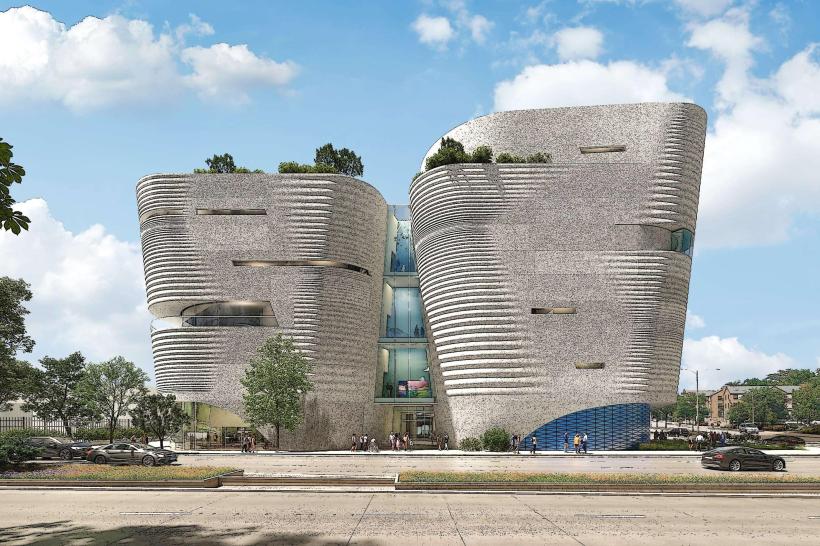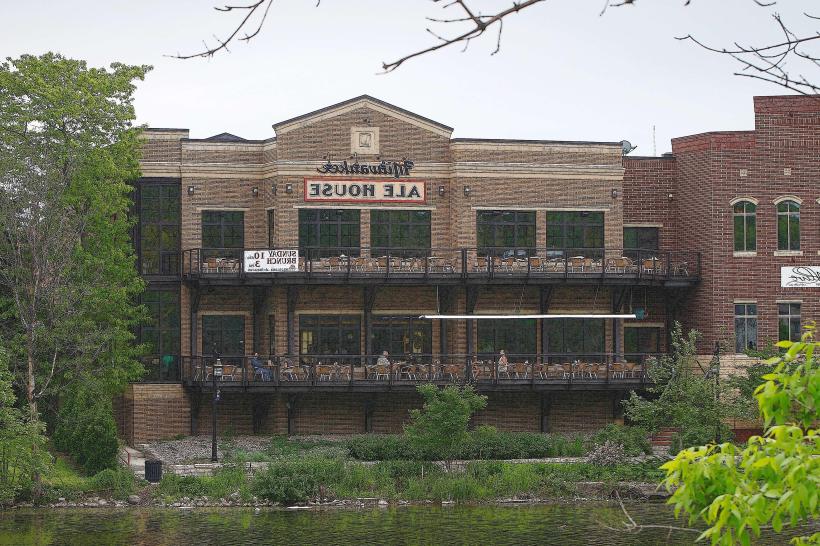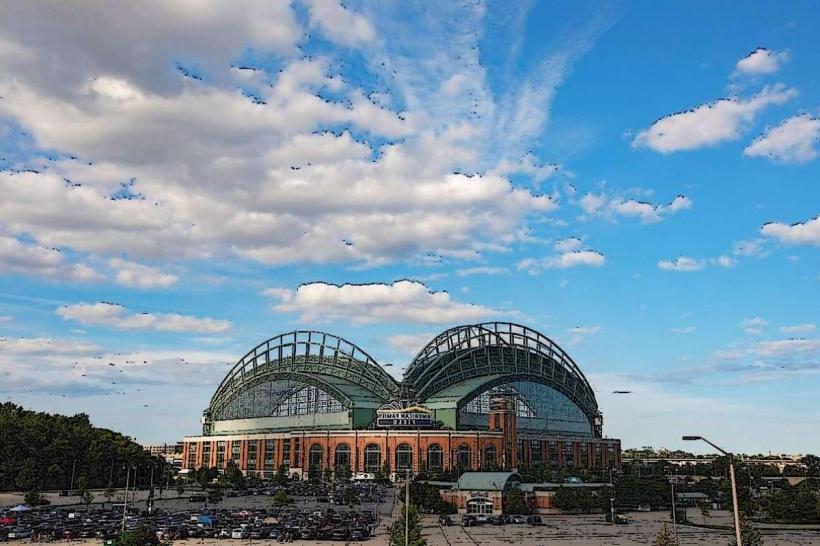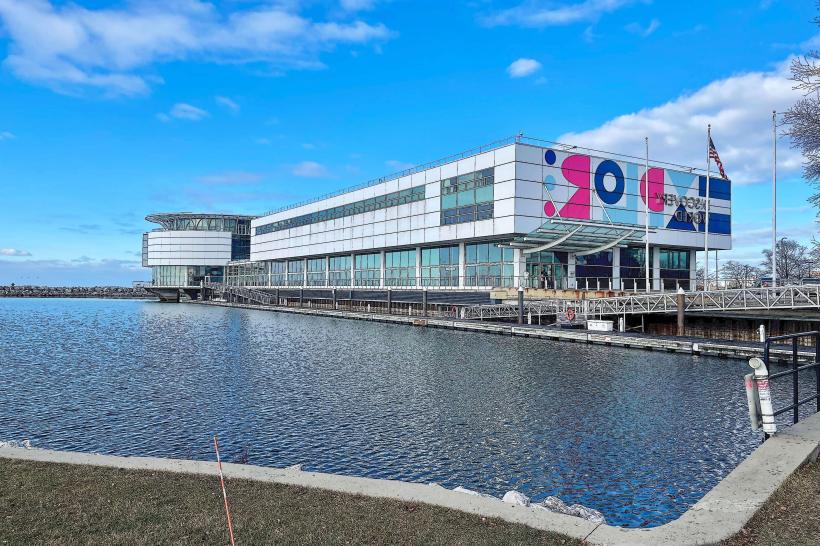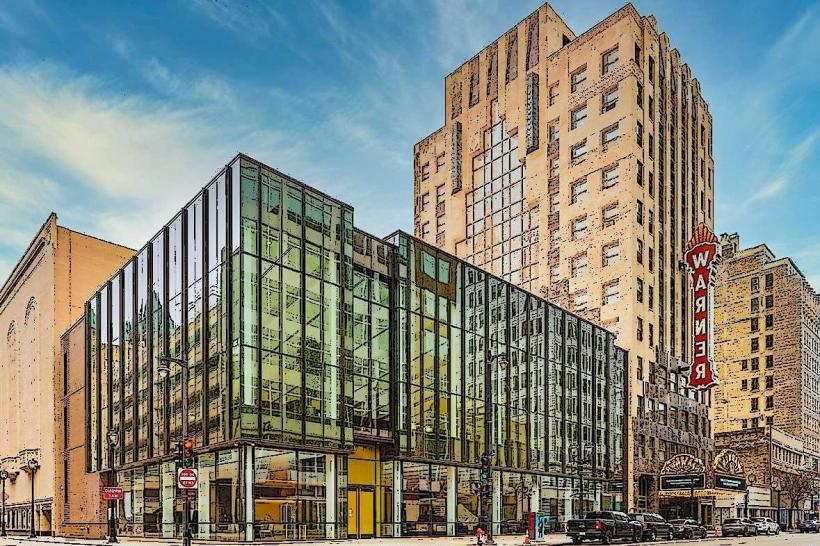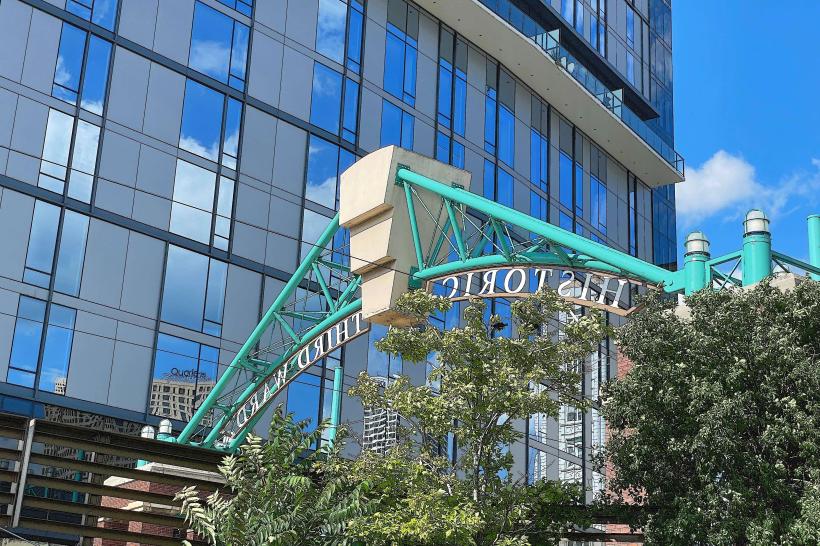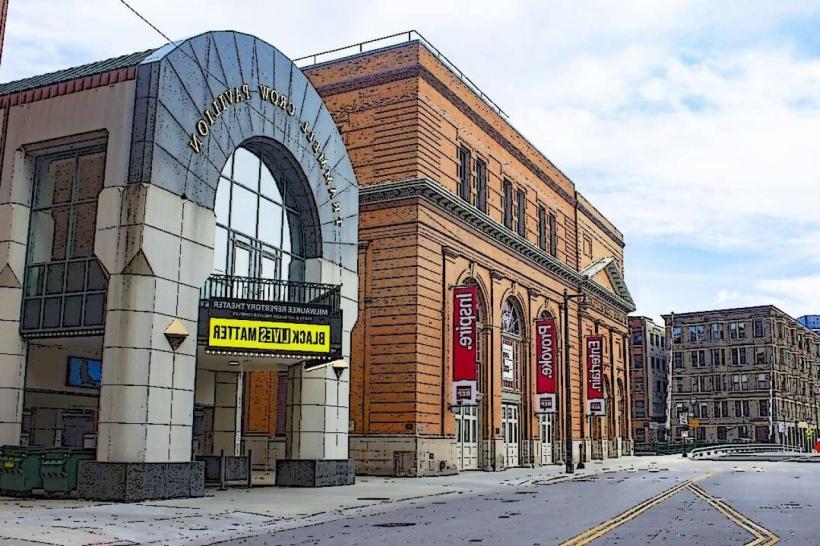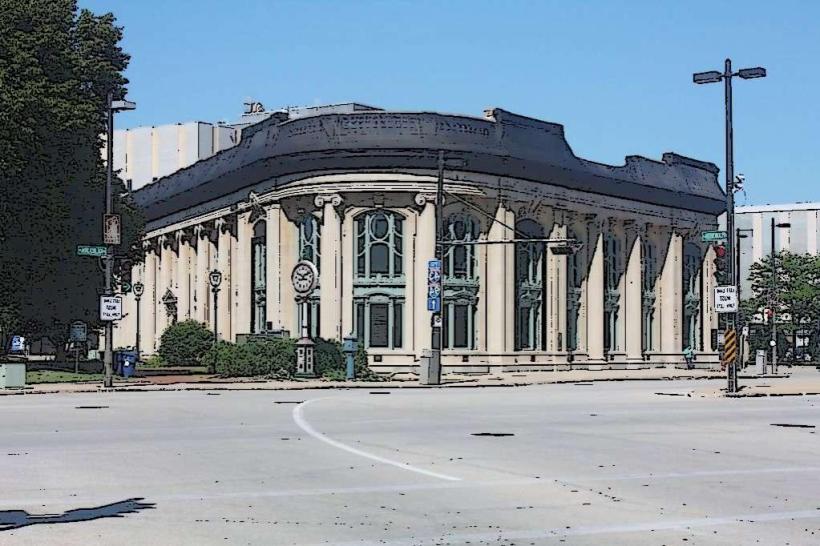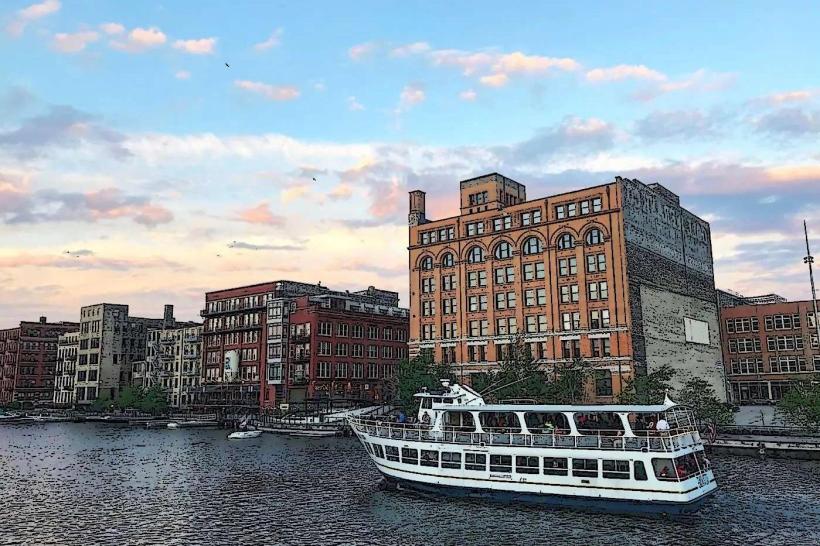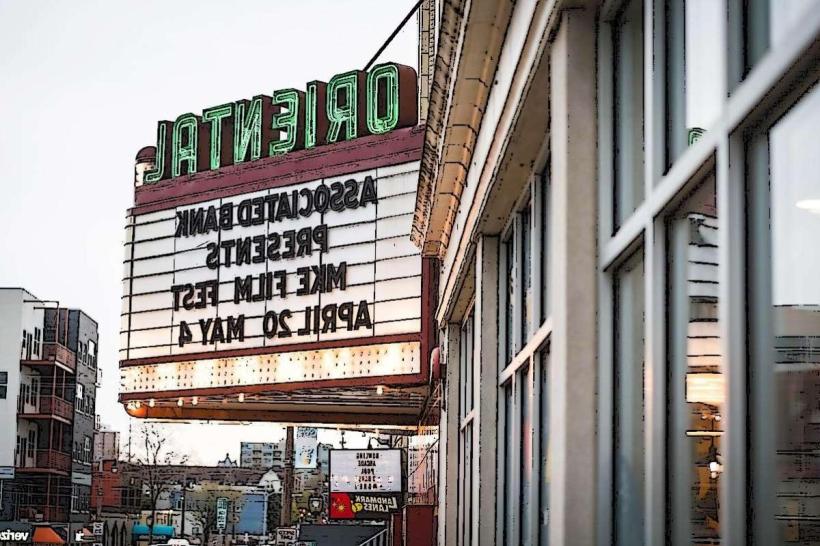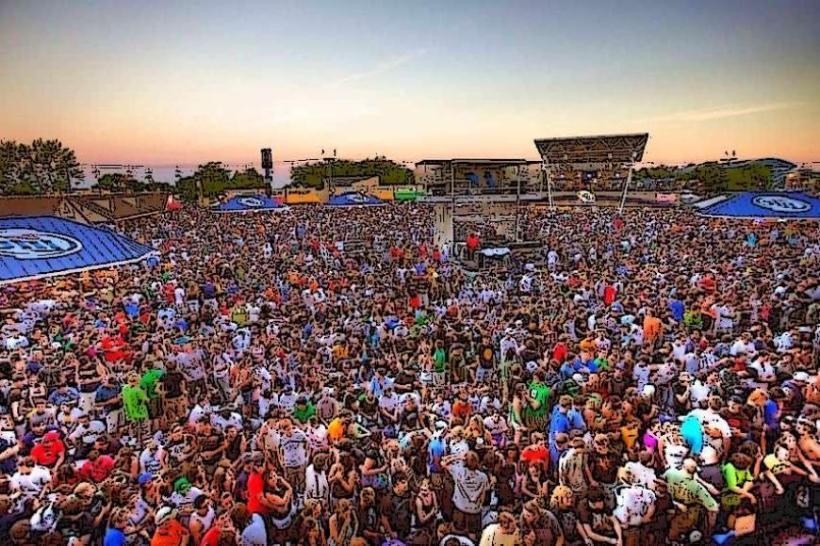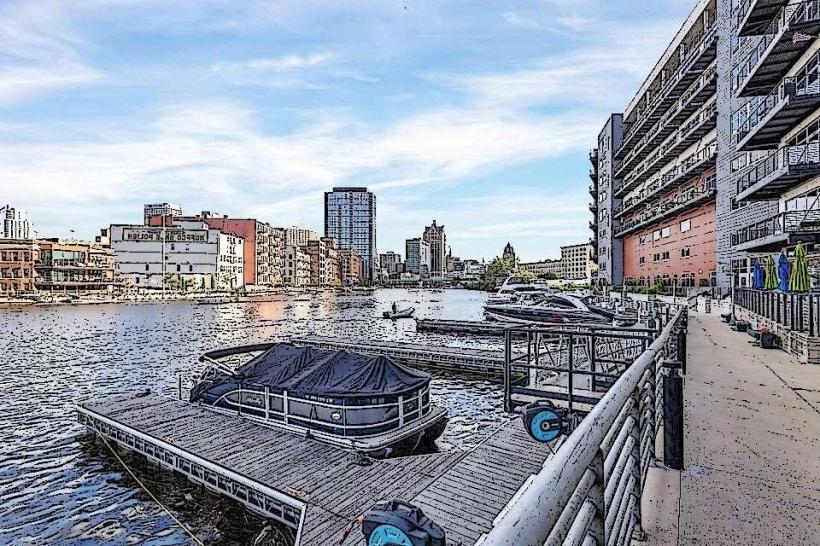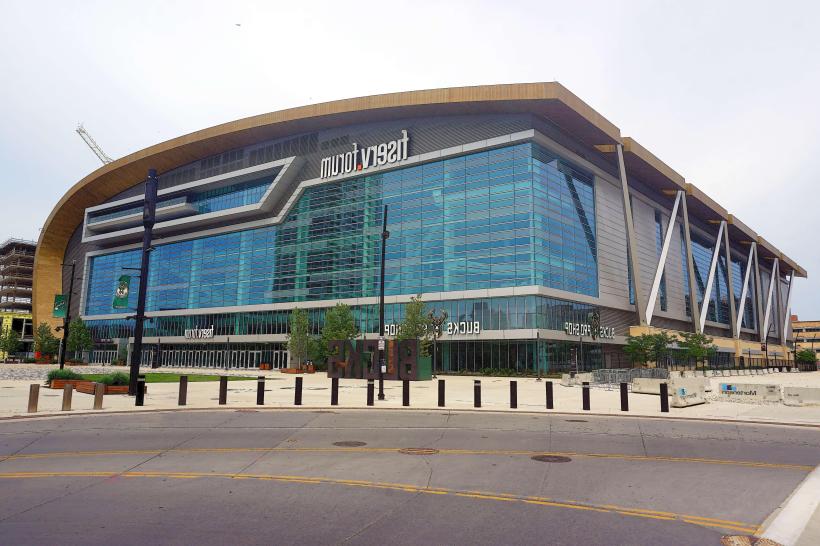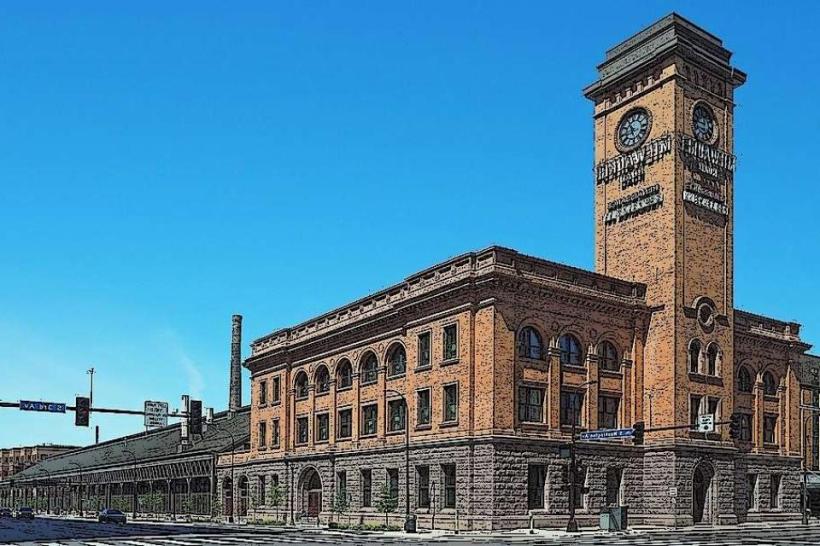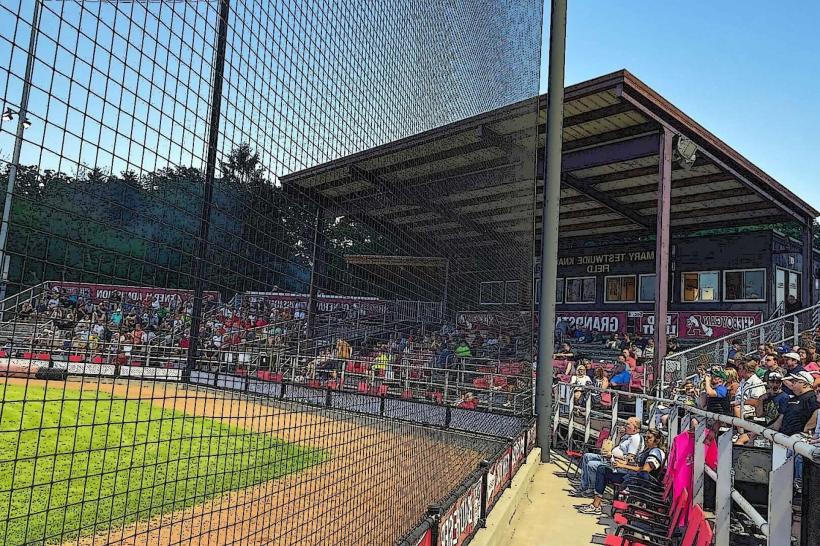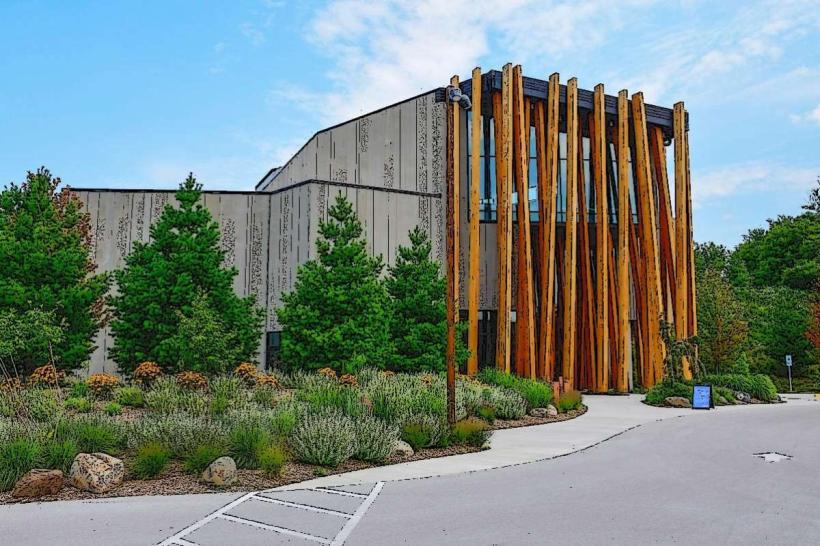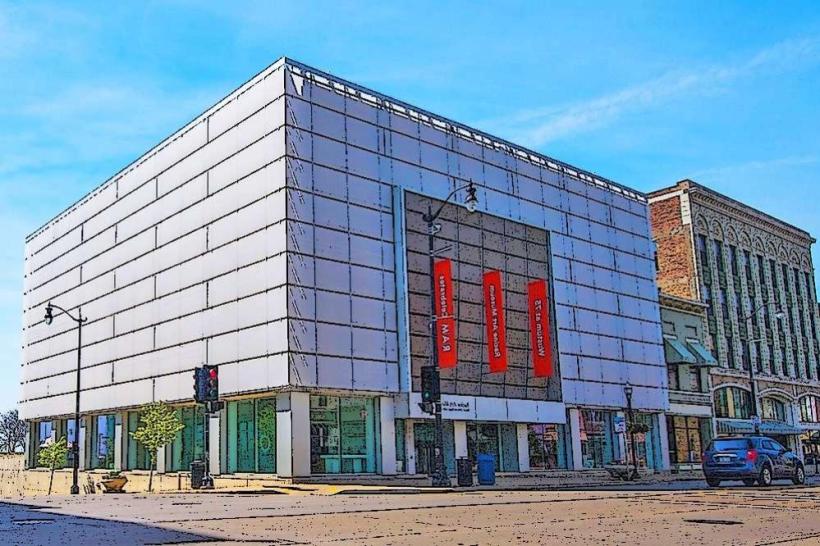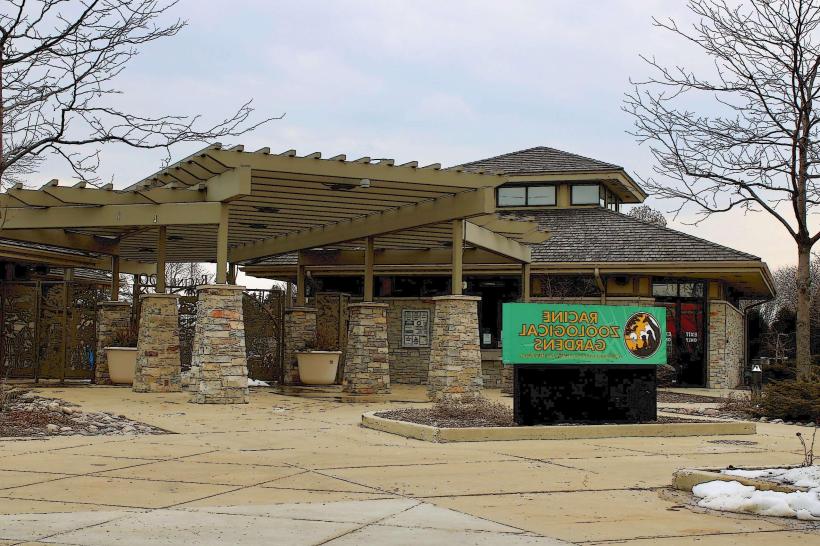Information
Landmark: Sheboygan County Historical MuseumCity: Milwaukee
Country: USA Wisconsin
Continent: North America
Sheboygan County Historical Museum, Milwaukee, USA Wisconsin, North America
The Sheboygan County Historical Museum is a prominent cultural institution dedicated to preserving, interpreting, and celebrating the rich history and heritage of Sheboygan County, Wisconsin. Located on a sprawling 6-acre campus within Taylor Park in the city of Sheboygan, the museum serves as a comprehensive repository of the county’s past, offering visitors immersive experiences through its historic buildings, curated exhibits, educational programs, and community engagement initiatives.
Museum Campus and Historic Buildings
The museum’s campus is a unique assembly of historic structures and modern facilities that together tell the story of Sheboygan County’s development from early settlement to modern times. Each building reflects a different chapter of local history, with artifacts, period furnishings, and interpretive displays that bring the past to life.
Main Museum Building (1997): This central facility houses the museum’s main exhibit galleries, offices, classrooms, and collections storage. It features both permanent and rotating exhibitions, presenting a broad spectrum of Sheboygan County’s social, cultural, and industrial history. The design allows for flexible use, accommodating special events and educational activities.
David Taylor House: An iconic Italianate-style brick home built in the early 1850s by Judge David Taylor, a prominent figure in the county’s legal and political history. The house has had diverse uses over time, including functioning as a jail and workhouse. Since becoming part of the museum in 1954, it has been restored to reflect mid-19th-century life, complete with period furnishings, personal artifacts, and interpretive panels about Taylor’s legacy and the era’s social context.
Weinhold Log Cabin (1864): This authentic pioneer log cabin offers insight into early settler life, demonstrating frontier construction techniques and living conditions. The cabin’s modest size and rustic features illustrate the challenges faced by Sheboygan’s earliest European-American residents.
Schuchardt Barn (1890s): Representing the agricultural heritage of the county, this barn showcases farm equipment, tools, and the lifestyle of rural families who shaped Sheboygan’s economy and culture in the late 19th and early 20th centuries.
Bodenstab Cheese Factory (1867): A rare surviving example of a 19th-century cheese-making facility, this building highlights Sheboygan County’s important role in Wisconsin’s dairy industry. Exhibits demonstrate traditional cheese production processes, emphasizing the craftsmanship and economic significance of cheese-making to the region.
Exhibits and Collections
The museum curates a diverse array of permanent and temporary exhibits that explore topics such as Native American history, early European settlement, immigration patterns, industrial growth, and community life in Sheboygan County. These exhibits incorporate artifacts like household items, photographs, documents, clothing, tools, and artworks, supported by detailed interpretive materials that provide context and storytelling.
Seasonal exhibits, including the popular Holiday Memories Exhibit (running from late November through December), offer visitors engaging thematic displays that celebrate local traditions and cultural heritage.
Educational Programs and Community Outreach
The Sheboygan County Historical Museum places a strong emphasis on education and community engagement:
School Programs: Tailored to K–12 students, these hands-on experiences cover local history topics such as Native American cultures, pioneer life, industrial development, and the Civil War’s local impact. Programs include guided tours, interactive activities, and curriculum-based learning that supports Wisconsin’s educational standards.
Public Workshops and Lectures: The museum hosts workshops, lectures, and special events designed to deepen public understanding of regional history, archaeology, genealogy, and preservation.
Collaborations: Partnerships with schools, historical societies, and community organizations extend the museum’s reach and foster collective stewardship of Sheboygan County’s heritage.
Visitor Amenities and Experience
Visitors to the museum enjoy a well-rounded experience facilitated by knowledgeable staff and thoughtfully designed interpretive materials. The campus layout encourages exploration, allowing guests to walk among historic buildings and outdoor exhibits in a park-like setting.
Museum Store: Located on-site, the gift shop offers a variety of books, unique gifts, and locally made products that reflect the region’s culture and history. The store is accessible without admission, welcoming casual visitors and those seeking souvenirs.
Accessibility and Services: The museum provides accommodations for visitors with disabilities, including accessible parking, restrooms, and pathways. Educational materials are crafted to be engaging for diverse audiences, including families and history enthusiasts.
Practical Information
Location: 3110 Erie Avenue, Sheboygan, Wisconsin 53081, nestled within Taylor Park, a scenic area that combines natural beauty with historical significance.
Hours: Generally open Monday through Friday from 10:00 AM to 5:00 PM, and Saturdays from 10:00 AM to 3:00 PM (closed Sundays and major holidays). Extended hours apply during special exhibits such as the Holiday Memories Exhibit.
Admission: Modest fees support museum operations, with discounts for seniors, active military, youth, and free admission for children under six and museum members.
Significance
The Sheboygan County Historical Museum stands as a vital cultural institution preserving the diverse narratives of the county’s past. By maintaining historic structures, curating compelling exhibits, and providing educational programming, the museum fosters a deeper appreciation of local history and community identity. It also serves as a resource for researchers, educators, and residents interested in exploring the roots and evolution of Sheboygan County.
In sum, the museum offers a rich, immersive experience that connects visitors to the stories, people, and events that have shaped this part of Wisconsin, making it an essential destination for those seeking to understand the region’s heritage.


